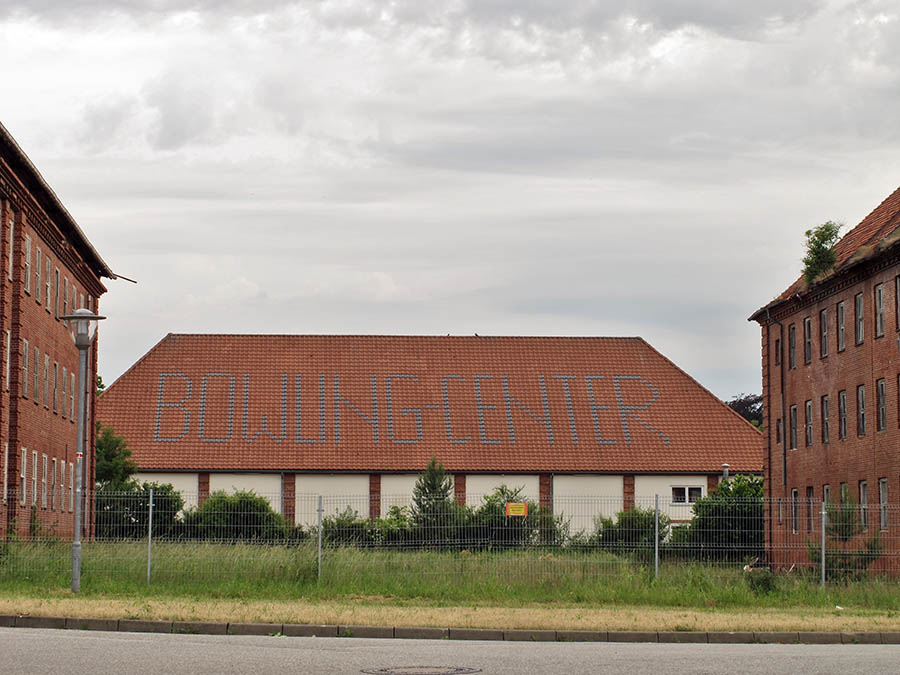
A few weeks ago, I clicked on a Spotify suggested audiobook on East-West relations, and for lack of anything else to listen to, I started Steffen Mau’s “Ungleich Vereint: Warum der Osten Anders Bleibt”. It took only a few concentrated sittings. Since then, I have been immersing myself in several other books on the topic, and am hoping to pen a multi-book review with some autobiographical vignettes in the weeks or months to come.
Part of this is topical: Thirty-five years after reunification to the day, the debate about the two different Germanys, or why the East remains different, continues unabated. One would think that most of the reckoning with the past had happened by now. A plethora of books and ongoing commentary suggest otherwise. The East is still an enigma, often “othered” vis-a-vis the West. Socioeconomic indicators point to a continued, even deepening schism between East and West. Convergence is a chimera, concludes Mau.
But another part of my newfound interest in the topic is also personal. Born in 1981, I myself am a “Wendekind” – an East German child during the transition of the late 1980s, early 1990s. I was old enough to understand that something was happening, but too young to grasp the enormity of the changes happening around me. My childhood, youth and becoming an adult took place in a uniquely East German context. And that has come up again and again my whole life.
Citing his own experience, Dirk Oschmann, author of “The East: A West German Invention”, wrote that an East German can only become German abroad. Now, at 44, I feel a desire to look back and reflect on my identity as an East German, and how it has accompanied me, perhaps less consciously than had I stayed, during my adult life abroad.
Steffen Mau’s book–the English working title is “Unity Without Equality: Why the East Is Still Different”–has not yet been translated into English, but the Goethe Institute generously made a translated excerpt available here. Several sections stuck:
The lack of a homegrown East German elite. The figures are staggering: Less than half of the political class in the five East German federal states not including Berlin are homegrown East Germans. West Germans continue to dominate the higher echelons of power. East Germans are disproportionally underrepresented in business (no DAX company has an East German CEO, and there are very few East German board members), culture and administration. The majority of dwellings in booming East German cities such as Leipzig are now owned by West Germans.
Demography: East Germany has the same number of inhabitants as it did 120 (!) years ago. Meanwhile, West Germany’s population increased by 60% since just before the Second World War. Without immigration, then, the demographic demise is certain to continue. Low birthrates after the Wall fell have translated into low enrolment in kindergartens and primary schools today. The children that were never born will not have any children either. Add to this misery a so-called demographic “masculinization” (more young women leave East Germany) and you’re often left with a resentful, male-dominated population.
In order to tune into the debate in Germany, I started reading more widely, including Katja Hoyer’s “Diesseits der Mauer” (note the title’s difference from the English original “Beyond the Wall”). I think it’s fair to say that the German translation caused more controversy than the original (which was very well-received in the British press), with substantial criticism certainly warranted. But we have to take the book for what it is, and understand the reaction to it in the context of our complicated East-West debate. I found Dirk Oschmann’s book much better than expected. Polemic and angry, yes–but hard not to empathize.
Beyond the three books above, I read several interesting journal articles as well as other shorter pieces and reviews published in the wake of the three books above. There’s also a litany of literary books that have come out over the recent past written by East Germans grappling with their identity. Several of the authors are too young to ever have experienced the GDR and even its aftermath. Coming of age in the “Nullerjahre”, this generation is feeling more East German than mine. Why?
I am now reading Laura Laabs’ novel “Adlergestell”, which came out a month or so ago. We are both from the same part of Berlin, and I know Laura from school. She is a few years younger than me, and was four or five when the wall came down, compared to my eight years. We were both probably closer to each other’s experience of the Wende than that of kids just a few years older.
Those included the characters in Clemens Meyer’s breathtaking “Als Wir Traeumten” (2007, available in English as “While We Were Dreaming” since 2023). His protagonists were only partly relatable. Theirs is a story of violence, destitution and despair. It’s a “book like a fist”, as one review read.
My upbringing, on the other hand, was more sheltered, more secure. And yet, we, those born between 1975 and 1985, were the “Unguided Generation”, as one social scientist has called us. We lacked guidance, mentorship, or reliable authorities during our formative period around and after the fall of the Wall. This is especially true as our parents had known nothing but the GDR in their own lives and found reunification particularly disorienting. While this played out differently for everyone, there are important similarities that have made us become of academic interest.
